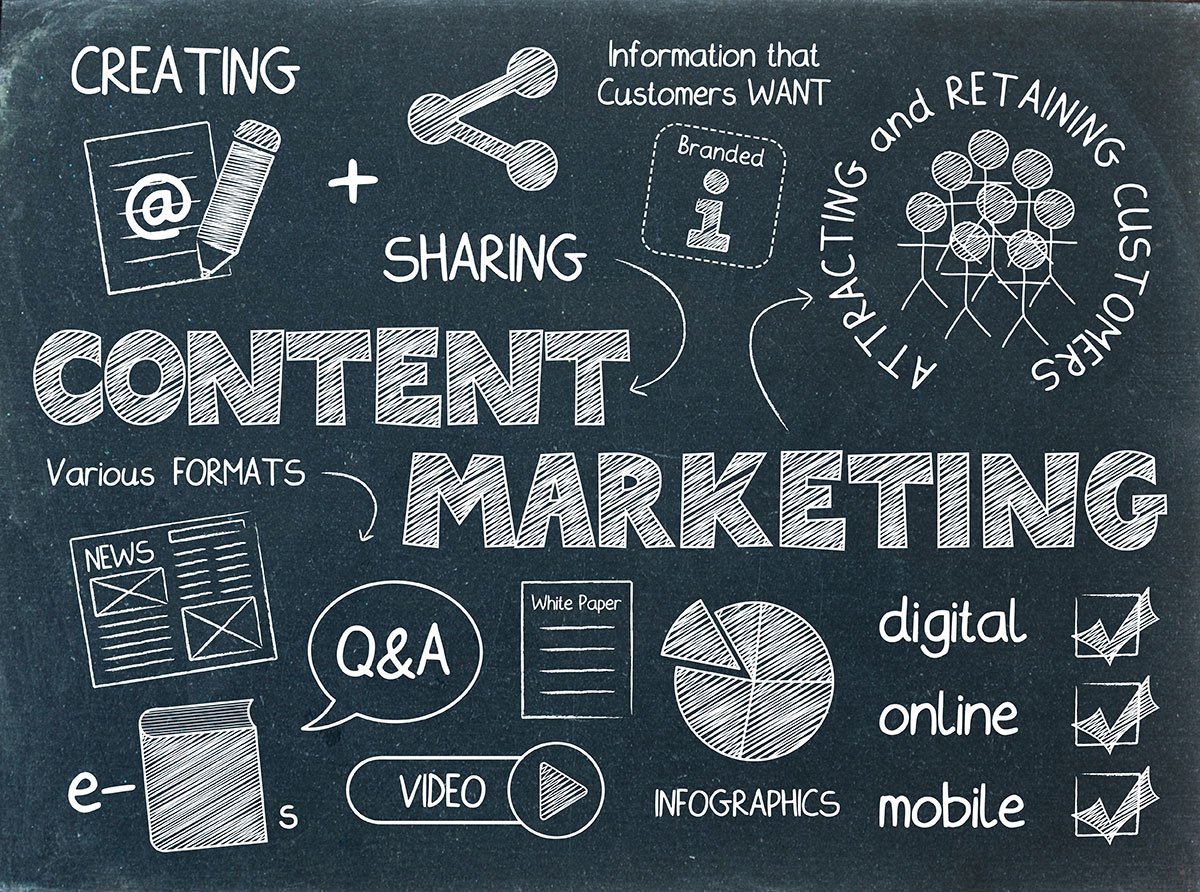Why We Almost Universally Ignore Ads, And Why Marketers Continue To Insist On Them
Like many things, there are two sides to the conundrum of paid advertising. It’s a seeming paradox that needs to be unpacked. a) Ads don’t generally work and are a waste of money, and also b) ads do work, sometimes, a little, for a while, and continue to be a huge revenue source for many big tech companies.

Truth: Nobody Likes Ads - And We Mean *Nobody*
- PPC click-through rates are about 5-in-a-thousand (that’s a weighted average of display, which is 2-in-a-thousand, and search, which is 2-in-a-hundred). This is the case when the 15,000 Ph.D.’s at Google have done their best to match a vendor to you (as it is how they create value) effectively using technical wizardry. They are matching the best they can and about 99% of the time, you’re not interested.
- The overwhelming majority of clicks on the Internet are organic.
- The average click-through rate for organic links is something like 20%, depending. It is orders of magnitude more people who click on buyer-centric, versus seller-centric, content and copy.
- Blogs have compiled a list of marketing tactics that consumers hate. All are paid placements, or ads.
- None of those most hated marketing techniques and methods are organic.
- There’s a massive disconnect between what marketers believe is solicited, welcomed, or invited by users, and what is actually solicited, welcomed, and invited.
So, the jury is in. We have our own statistics on it, gleaned from around the Internet.
Literally, more people are flat-earthers, or like eating bark, than like advertisements.
And your own life confirms this. Forbes estimates that, in a given day, a denizen of a Western country will be shown 10,000 ads. Yikes. You click maybe 2.
Also Truth: PPC And Display Drive Clicks, Traffic And Conversions
How do we make sense of this? Ads suck, but also they kind of work?
Here’s how: Google, Facebook, LinkedIn, YouTube, Instagram, and Programmatic networks have the power to show your ad to millions of people.
These ads are targeted by complex algorithms and AI, themselves designed by genius-level engineers – and still perform poorly. However, if a few million people see a given ad, it can result in thousands of clicks.
Ads work and don’t work at the same time. By proportion or percentage, they are abject failures; but at scale, they can work, a little, sometimes, for a while.
So, what do we do with this information? Are there never any reasons to place advertisements?
There are times you would place ads at funnel tops.
- The Google and Facebook and Instagram ‘Gods’ favor people who spend money on their platform. They aren’t supposed to, but it seems their own internal algorithms provide some Page Rank or ‘authority score’ bump for having the resources to pay for ads on their platform.
- You can combine your ads with content offers, so that you’re offering rather than asking; you can give to receive, instead of practicing ‘interruption marketing’ merely for your own gains.
Why Do People Hate Ads?
Below are some reasons why people hate ads.
- Consumers know advertisements are pointed at getting gains for the company promoting them, primarily, and only incidentally solving a problem for a consumer. Vendors don’t choose; they aren’t the sales ‘gatekeeper’. They will sell to anybody, whether a solution is optimal or even appropriate, or not.
- Consumers have been lied-to by vendors in the past.
- Companies aren’t people, and it’s easier for dishonesty and half-truths to permeate their (sales) copy than it is for a person to – face-to-face – lie to them.
- Ads are, by definition, interruptive, even if they’re well-targeted. This is hard for many marketers to understand. They may in fact have a solution to a buyer’s pain point, but that alignment doesn’t justify foisting your message on them. If buyers want to research, choose who and what to listen to, and come to you, and you’re speaking at them, and stalking them across the internet – you’re going to be incompatible. Pushing ads is not receiving a sale. Speaking isn’t waiting to be asked. Their desire to choose is not your desire to make them choose you. These are hugely different things.
The Disconnect Between Vendor And Consumer
So, what is behind the breakup story between consumers and vendors? Isn’t the basis of Western market economies that people need to be aware of products, before they can first buy them?
- Web 2.0 completely changed the advertising game. The Buyer Journey is now buyer-driven, through search, and that means buyer-centric copy and content – not seller-centric ads and brochures – are the order of the day.
- Vendors don’t realize the process isn’t pointed at transacting; it’s pointed at transacting on the consumer’s terms, after research and consideration.
- Consumers know the consideration they offer – money – has universal value, and the consideration the vendor is offering – the product or service – is contingent or contextual value. It might have value – if it works and is the best option – or it might not. In that risk – and the glut of other vendors serving up ads and the ability for consumers to research solutions through the Internet – rests the reason(s) why the Legacy Marketing strategies don’t work.
- It’s about the money, stupid. That’s driving everything, and the consumer has it. If they provide that, to the wrong company, or for the wrong consideration, there can be problems getting it back, to say nothing of the losses consequent of a ‘solution’ that doesn’t resolve a pain point.
- Consumers know they are more invested in the solution of their problem than any vendor will be, or can be.
- Vendors, like children (and especially when cloaked behind the anonymity of a corporation) seldom consider there are hundreds of other companies competing for business from a given consumer. Vendors don’t realize they’re part of a flood of ads pointed at consumers. They just think it’s their one harmless ad a consumer sees. It’s a small interruption. But hundreds or thousands of companies doing this is overwhelming to consumers.
- True targeting is impossible because of the granular variables that drive a decision in the consumer’s mind. People make decisions based on a wealth of factors and variables. A CTA or feature or benefit is unlikely to correlate to the fluid plexus of factors in a consumer’s mind.
- Even if an ad is properly matched at the most granular level (which is almost impossible) the timing seldom coincides with where the consumer is, in the Buyer Journey. They may be answering a specific question, and you come in with your banner ad for digital services, and the timing is wrong.
The same factors that keep vendors serving up unwanted ads prevent them from producing content that would expiate the need for such ads: seller-centricity. Egocentricity. Thinking that the consumer’s seeming intersecting interest with your solution invites ‘interruption marketing’.
Paid ads can work synergistically with organic and SEO and content-based channels and strategies. Typically any organic platform (Google, Facebook) that you’re also paying tends to treat you a little nicer, and float your organic content to more places.
But if you have to pay to put the word out, combine your ‘interruption’ marketing with an offer. You’ll get higher click-through rates, and people will appreciate you.




